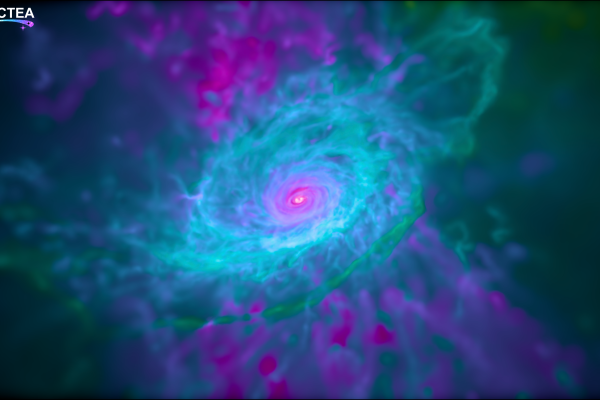The dismanteling of the rests of the nuclear reactors is still in process and it is expected to last for at least 40 years until the power station can be considered totally safe again. Recent progress has been made through the use of particle physics, concretely by using muon detectors to scan the interior of the broken reactors. These elementary particles coming from cosmic rays, slow down significantly when they pass through very dense objects, which is the case of the nuclear fuel.
The radiography obtained by muon detection shows that there is no nuclear fuel inside the reactor number one. The result means that during the accident, the reactor was improperly cooled for a sufficient time so that the uranium bars inside of it melted falling down and occuping a different position than the optimum one. The technique has not been useful yet for determining the exact position of the melted fuel but it has contributed to proove that the dangerous uranium did not melted through the contention walls.



